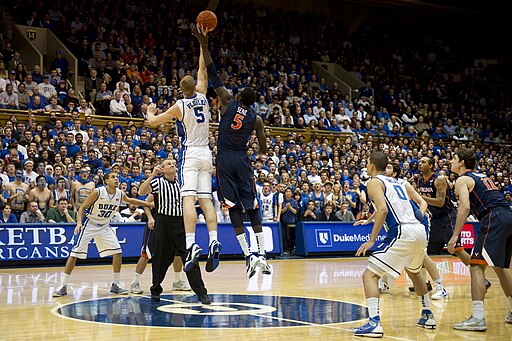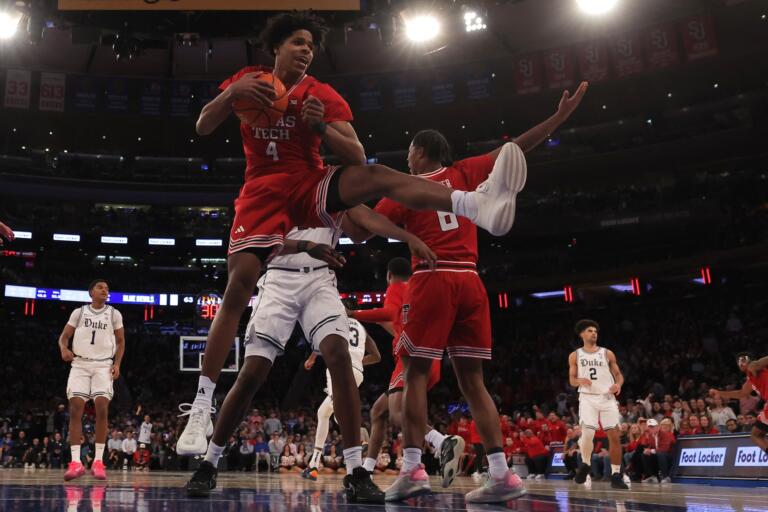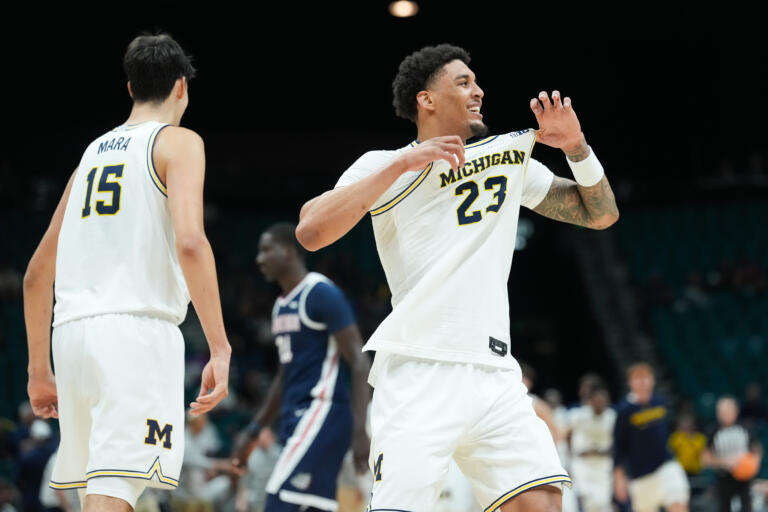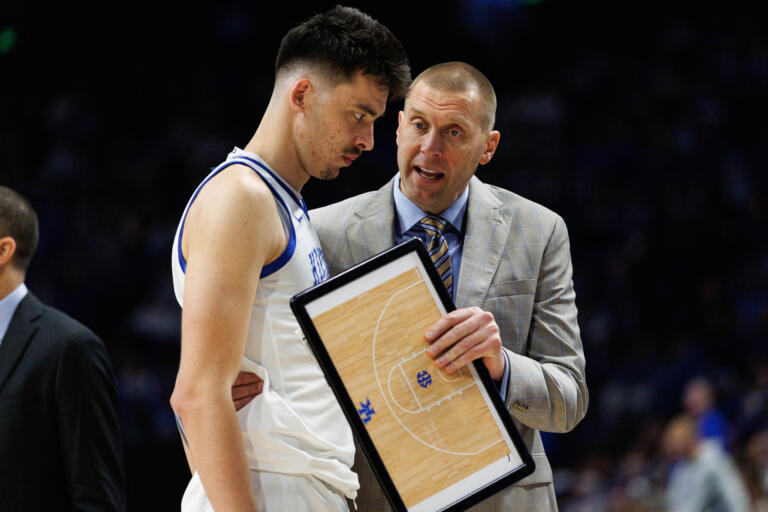Can you feel the buzz in the air? That electric charge isn’t just springtime; it’s the anticipation swirling around the men’s NCAA basketball tournament. Rumor has it, the battle for glory on the hardwood might just get a bit more crowded. Yes, you heard that right. The whispers in the corridors of college basketball are growing louder, hinting at a tournament that’s set to break its own borders. We’re talking about expanding beyond the traditional 68-team lineup. While it’s not about to balloon into a free-for-all, the numbers being tossed around – 72 or even 76 teams – suggest a shift that could change the March Madness landscape as we know it.
Now, let’s unpack this, shall we? Imagine the NCAA tournament as a grand, sprawling chessboard. Each team is a piece with its own role, strategy, and path to victory. Adding more teams is akin to introducing new pieces to the game, each bringing its unique moves and potential upsets. This isn’t just about filling slots; it’s about weaving more stories, dreams, and heartbreaks into the fabric of March Madness. It’s a testament to the tournament’s ever-growing appeal and a nod to the countless teams vying for their shot at immortality.
However, the beauty of this potential expansion isn’t just in the numbers. It’s in what it represents: more opportunities for those Cinderella stories that have become the tournament’s lifeblood. More buzzer-beaters, more upsets, and yes, more brackets busted before the first weekend is over. But beyond the thrill of the unpredictable, it’s a recognition of the depth of talent across college basketball’s landscape. By widening the field, the NCAA acknowledges that excellence extends beyond the top 68.
Furthermore, this shift invites us to reconsider what it means to be part of March Madness. For teams on the bubble, those agonizing hours spent wondering if their resume is strong enough could soon be a thing of the past. Instead, their focus can sharpen on how to make the most of their moment in the spotlight, however fleeting it might be. For fans, it means adjusting strategies for bracketology, a discipline as precise (and as maddening) as predicting the weather.
As we peer into the future, the possibility of an expanded tournament looms large, casting both shadows and light. Questions abound: Will more teams dilute the quality of play, or enrich the tapestry of tales that March weaves? How will fans adapt to a larger field, and what new legends will rise from the added ranks?
In closing, the thought of more teams joining the dance is a tantalizing one, filled with both promise and pitfalls. It beckons us to dream bigger, to imagine a tournament not just defined by its exclusivity, but by its embrace of more dreams, more dramas, and more chances for glory. As we stand on the cusp of this new chapter, one can’t help but wonder: How will the story of March Madness unfold with a few more names on its guest list? Only time will tell, but one thing is certain—the game we love is about to get even more unforgettable.








